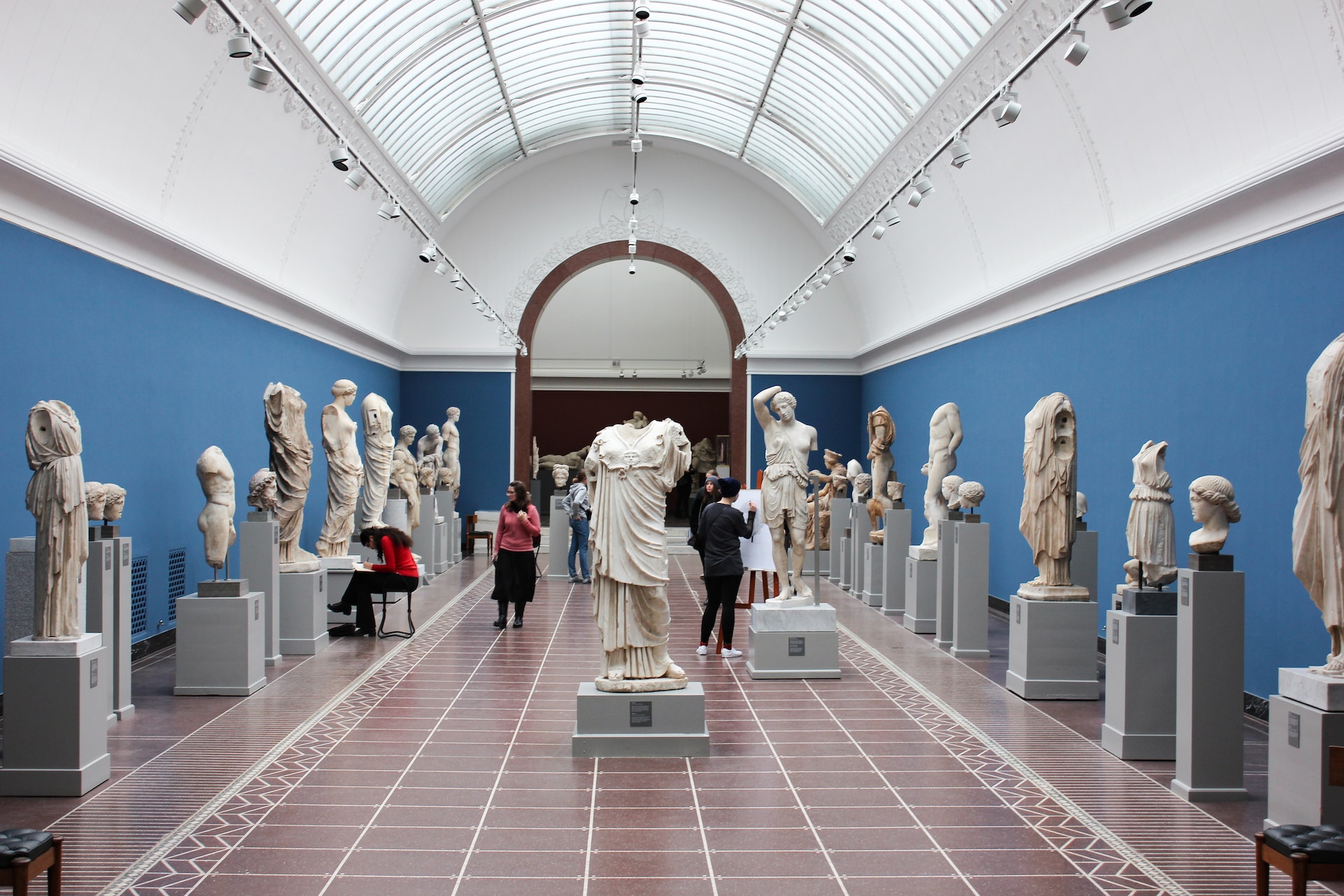
Museum Customer Journey
Mapping out and identifying museum customer journeys are excellent ways for organizations to get a clear picture of the customer experience from start to finish. Understanding the various points of contact customers go through, potential pain points in the customer journey, and customer high points will allow you to make informed, data-driven decisions for future strategies.
From the online ticketing experience to how customers navigate the physical space of your museum, mapping out the customer journey is essential for organizations to gain insight into the customer experience.
By taking a closer look at the customer journey and museum customer journey map, you can help bolster customer engagement, revenue, branding, and more.
What is a customer journey map?
A customer journey map is a way for organizations to create a step-by-step visual representation of how customers engage with a museum during a visit. Customer journey maps allow museums to pinpoint how specific exhibits, galleries, or museum items resonate with visitors.
Journey maps also consider customer types and personas based on their membership status, age, gender, occupation, and other demographic details that can help paint a clearer picture to museums and curators. However, types often go beyond simple demographic details, underscoring customer interests in history, art, architecture, science and more.
Because different customers have different expectations when they visit a museum, identifying certain demographic tendencies can help inform museum marketing decisions, online outreach strategies, and member benefits programs. And it’s important to understand what’s important to customers because, more than just helping to build revenue, you can create better-detailed proposals for future events, exhibits, technologies, and more.
The different types of journey maps include:
- Situational Maps – These look at specific instances of customers interacting with a museum item or exhibit. These kinds of assessments allow organizations to understand how specific pieces in a museum are experienced from the vantage of a visitor.
- Persona-defined – Persona-define journey representations look at how customer types or customer personas seem to interact with a space in your museum on a more generalized level. These can be useful for marketing strategies or in considering changes to your museum to reach a different audience.
- Experiential – Experiential maps take specific situations between individuals and visitor types to a broader scope, looking at the various touch points within a museum and that help guide the customer experience as visitors move from one location of the museum to another.
Journey mapping for museums
It’s important to look at the various stages and steps of the customer journey map, including before they arrive at your museum. You can divide your customer journey map into three sections: previsit stage, visiting stage, and post-visit stage.
- Previsit stage – This includes all of the things that go on outside of the visiting experience: online ticketing, social media engagement, marketing campaigns, and so on. Museums need a seamless online ticketing software, robust social media presence, and the right marketing ambitions to reach their intended visitors. Cutting edge solutions, like ACME, give museums all the tools they need to customize their needs and analyze relevant data to improve the online ticketing experience.
- Visiting stage – As discussed above, there are a few ways to interpret the actual customer visit on a journey map. You can focus on specific exhibits or museum items, or you can look at the general path that visitors take along their museum journey, highlighting which sections they might be more drawn to or which sections provide less than satisfactory experiences. Both are important for understanding what items to introduce into your museum and where you place them.
- Post-visit stage – The post-visit stage, also known as the insight stage, is where you focus on the big-picture takeaways of the mapping process. What can you use for future strategies? Which areas may need improvement? How are different customer types responding to specific items, and how can these findings translate into marketing strategies or future curating approaches?
While journey mapping might sound like a complicated technical process, it’s actually a fairly simple design. You can create a visitor journey map with something as simple as a whiteboard with sticky notes, smiley and sad faces, and comments to help clarify the various parts of the map. Whether you utilize a digital visual aid or physical one, the goal and the benefits are the same: you come away with a better understanding of the customer experience.
ACME can help you map the customer journey
With ACME, you’re provided with deep insights into the customer journey, starting from before a ticket is even purchased. ACME ticketing allows you to see where your customers are coming from, who your customers are, and the various points of contact in the online ticketing experience.
ACME’s advanced CRM integrations allow you to connect with customers and build relationships that turn visitors into lifelong members. Understand the people that matter, your customers, with ACME today.

